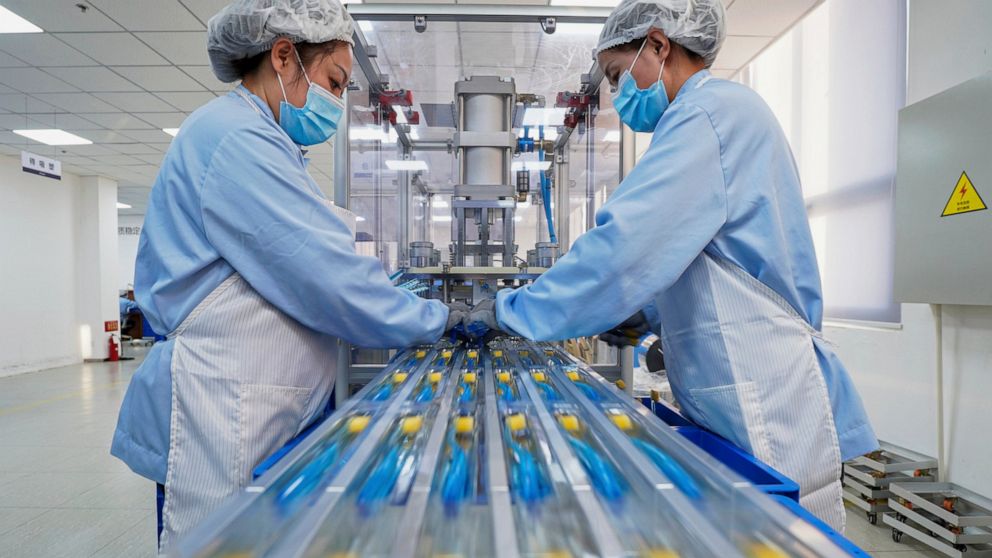The first article provides an overview of the guidelines published recently by the Ethiopian authority for storing and distributing medical devices.

Table of Contents
The Ethiopian Food and Drug Authority (EDFA) has published guidelines dedicated to the good storage and distribution practice of medical devices. The document is intended to provide additional clarifications and recommendations concerning the way medical devices should be stored and distributed to ensure their safety and prevent negative impacts caused to their quality when they are stored or distributed. The aspects highlighted in the guidance are especially important since there are several entities involved in operations with medical devices placed on the market, so it is important to ensure compliance with the respective procedures and requirements at all the stages of the supply chain since this could impact the way the device will operate when used for its intended purpose. The authority additionally emphasizes the importance of following storage and distribution requirements concerning medical devices intended to be used for vulnerable groups of patients or in situations when the procedures are considered to be high-risk. Apart from this, proper storage and distribution procedures could be also useful in mitigating the risks associated with falsified products.
Regulatory Background
The present guidance is based on the provisions of applicable legislation stating that the medicine or medical device institution or another appropriate person shall ensure that every product under its possession is stored, transported, and sold following good storage and distribution practices and in such a way that its quality, safety, and efficacy or effectiveness is maintained. Hence, recommendations provided in this document should be taken into consideration by all the parties involved in operations with medical devices to ensure compliance with the respective regulatory requirements. At the same time, the authority additionally emphasizes the non-binding nature of the provision hereof by stating that nothing provided in the guidelines should be construed as replacing the appropriate requirements set forth by the good manufacturing practices.

Objectives
The present guidance is intended to specify the requirements to be applied for storage and distribution of medical devices allowed to be marketed and used in Ethiopia, and also to provide additional clarifications regarding the way they should be interpreted. In particular, the document is intended to specify the requirements regarding the way medical devices should be treated in the course of various procedures they are subject to before being used for the intended purpose, clarify the requirements regarding the way medical devices should be transported, and also to provide additional recommendations to be considered to ensure the quality, safety and performance of medical devices during all aspects of medical device supply chain, which include, but not limited to, product sourcing and procurement; transportation and delivery; storage; installation, commissioning, service and maintenance, calibration and after-sales service; tracking, documentation, record-keeping practices and integrity of the supply chain.
Terms and Definitions
First of all, the guidance provides definitions of the most important term and concepts used in the context of storage and distribution of medical devices including, inter alia, the following ones:
- Commissioning refers to a specific procedure to be undertaken to ensure all the components of the device are properly installed and operate as intended.
- After-sales service stands for additional support offered to end-users after the actual supply (e.g., training or repair).
- Calibration stands for the action to be performed to verify whether the accuracy of the device is within the appropriate range determined by its manufacturer.
- Maintenance covers all the actions taken to ensure the proper operations of a medical device. The EFDA distinguishes preventive maintenance which is to be performed before failures, and corrective one, which takes place once a device failure has occurred.
- Installation is described as the process performed to assemble or adjust medical equipment and its components to put it in service.
- Storage stands for storing medical devices before they will be used.
- Distribution is a concept that covers various activities undertaken to make a medical device available to its end-users (healthcare professionals or patients). According to the guidance, distribution includes procuring, purchasing, holding, storing, selling, supplying, importing, exporting, or movement of medical devices, except for the dispensing or providing devices directly to a patient or his or her agent.
Key Principles
As described by the EFDA, responsibility for ensuring the safety and effectiveness of a medical device should be shared among all the parties involved in the supply chain. The procedures to be undertaken should comply with the principles of good storage practice (GSP) and good distribution practices (GDP) irrespectively of the purposes of the transfer. The authority additionally emphasizes the important role of a party responsible for a medical device (its manufacturer) since it is the manufacturer who should duly communicate information about the way the device should be transported and stored to other parties involved, and provide the appropriate recommendations to be followed. The way the aforementioned principles should be implemented by other parties involved would depend on the nature of the devices in question, the activities the entity undertakes, and other aspects. It is also important to mention that should an entity decide that provisions of the present guidelines are not applicable for the activities it undertakes, such a decision should be duly documented.
In summary, the present EFDA guidance highlights the most important aspects to be considered by medical device manufacturers, importers, distributors, and other parties involved in manufacturing medical devices, placing them on the market, and also providing additional services associated thereto (e.g., repair or maintenance) to ensure continuous safety, quality and effectiveness of the devices allowed to be marketed and used in the country. The document describes the man principles to be followed and pays special attention to the responsibilities and the way they should be shared among parties.
Sources:
http://www.fmhaca.gov.et/wp-content/uploads/2022/01/Guidelines-for-Medical-Device-GDP-and-GSP.pdf
How Can RegDesk Help?
RegDesk is a next-generation web-based software for medical device and IVD companies. Our cutting-edge platform uses machine learning to provide regulatory intelligence, application preparation, submission, and approvals management globally. Our clients also have access to our network of over 4000 compliance experts worldwide to obtain verification on critical questions. Applications that normally take 6 months to prepare can now be prepared within 6 days using RegDesk Dash(TM). Global expansion has never been this simple.

